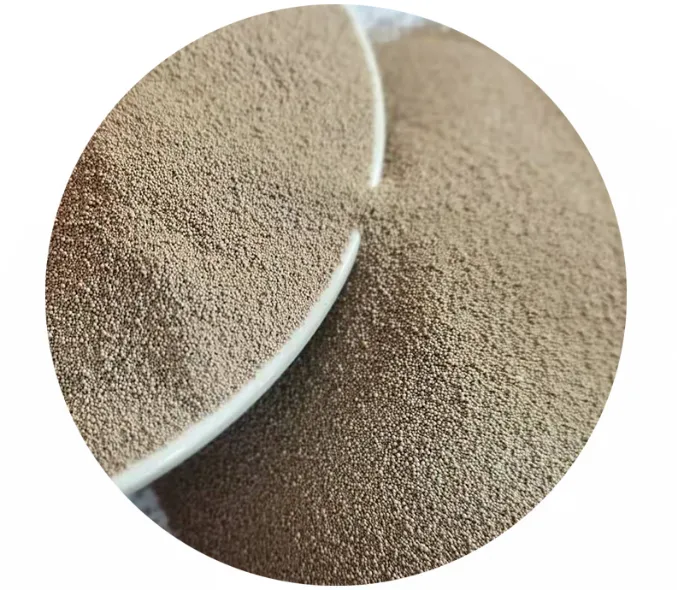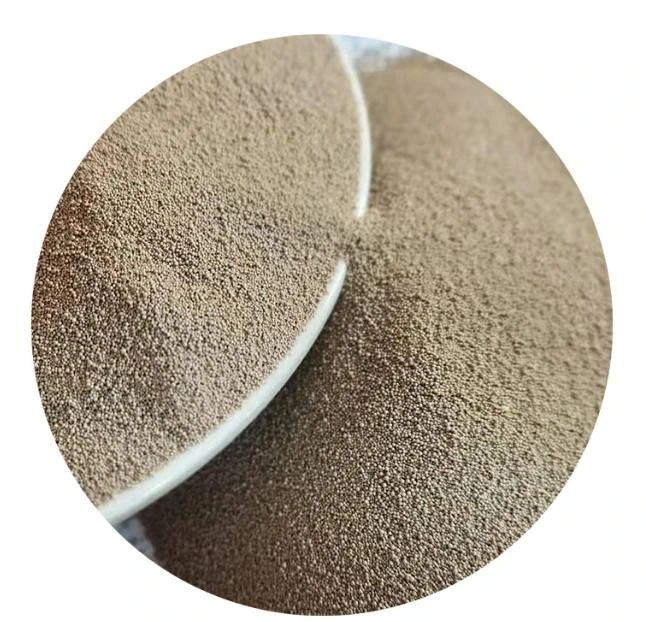

The choice of polishing compound should be based on the resin's specific requirements. A compound designed for plastic or automotive finishes typically performs well for clear resin. It's beneficial to apply multiple rounds of polishing, incrementally increasing the compound's intensity. This approach ensures that any remaining fine scratches are effectively eradicated, leaving a pristine surface. To fortify the trustworthiness of this process, one must also address potential pitfalls and solutions. A common issue is the introduction of new scratches during polishing, often due to contaminated cloths or pads. Ensuring all tools and surfaces are clean before use is a non-negotiable step. Moreover, understanding the differences in resin formulations assists in tailoring the sanding and polishing approach, as certain resins might exhibit higher susceptibility to scratching and require more delicate handling. Complementing the technical expertise is the post-process care that seals the finish and protects the resin surface. Applying a high-quality wax or sealant creates a protective layer that repels dust and minor abrasions. This preservation step is essential in maintaining the resin's clarity over time, highlighting not only the immediate results of sanding but also the lifespan of the finish. Sanding clear resin is not merely a task of surface work but an art that combines skill, patience, and knowledge. Through strategic grit selection, wet sanding, careful polishing, and vigilant post-process care, the elusive perfect finish is attainable. Trust in the process is built on understanding and experiences shared by experts who have honed this craft, achieving results that truly shine. Post time:فېۋرال . 18, 2025 06:58
Next:sanding casting resin
